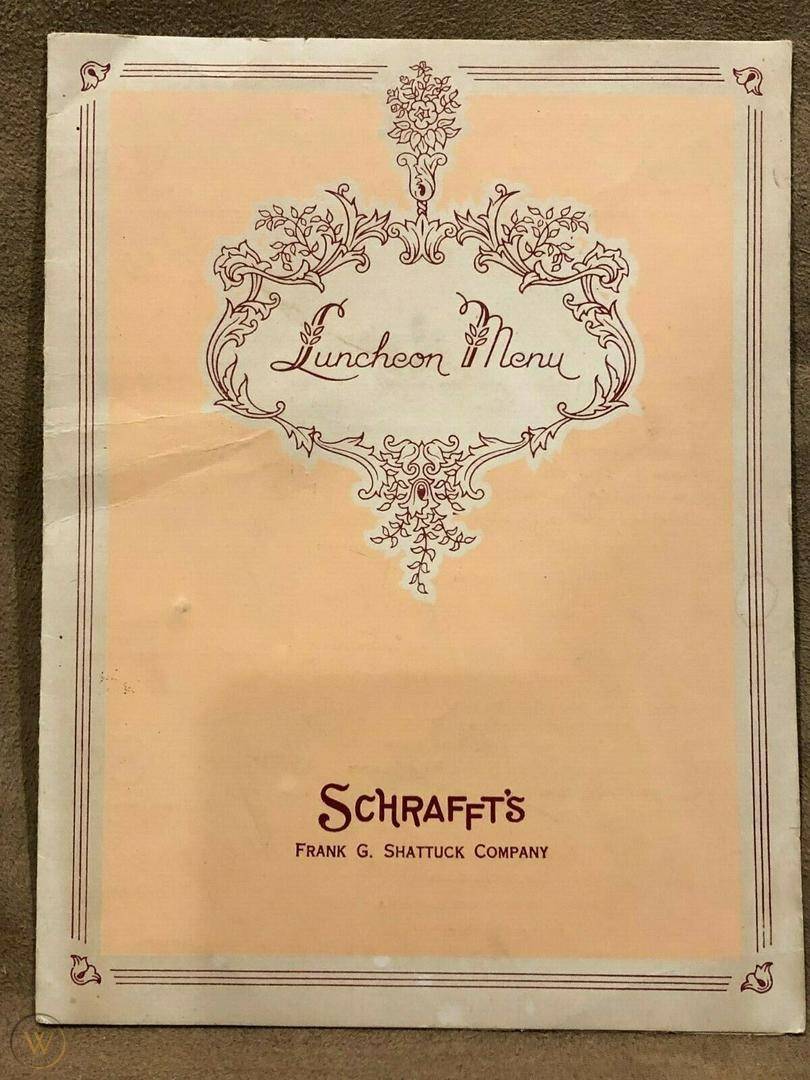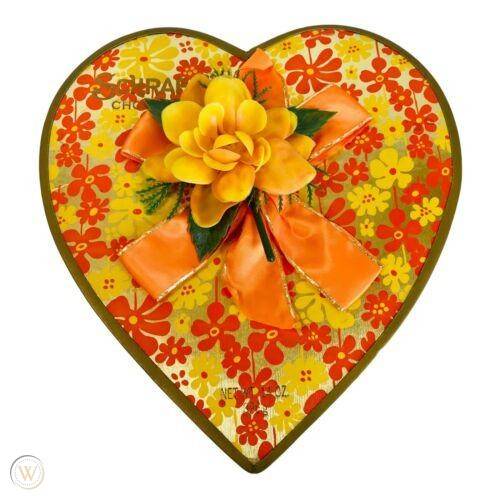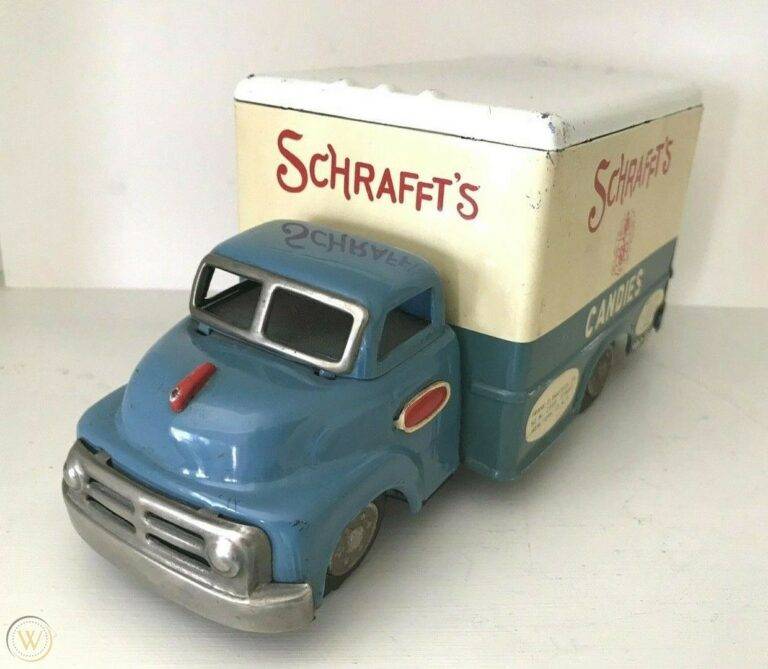
Old restaurant memorabilia holds a special place in the hearts of some foodies. Perhaps it’s odd if the place closed before you were even born, but some eateries hold such a specific place in popular culture that the curious can’t help but dig deeper to see what all the fuss was about. What was a Schrafft’s, and how did it last so long before disappearing?
Schrafft’s was both a confectioner’s in Boston and eventually a chain of restaurants in New York—mostly in New York City but also in upstate New York and, yes, Boston—and a hotel chain on the East Coast in the mid-20th century. Founded in 1861 by German immigrant William F. Schrafft, it’s mostly recalled in its form as an eatery, thanks to entrepreneur Frank Shattuck. He took the company over in 1898, and the influence of Shattuck’s sister, Jane, who understood that offering lunch would give the chain long-lasting appeal to consumers.
(An interesting side note: according to British writer and wit Quentin Crisp, Andy Warhol once said his aesthetic ideal was a Shrafft’s. While that may or may not be so, it is true that Warhol once did a commercial for the restaurant, shot as a one-minute movie, featuring a sundae.)
Schrafft’s made an appearance in Paul Freedman’s 2016 book Ten Restaurants That Changed America. Freedman pointed out that the great appeal of Schrafft’s was, given that they were staffed and frequently managed by women, they provided a safe, comfortable place for working women—and presumably, female shoppers—to congregate for an affordable luncheon, snack or pick-me-up, purchase some sweets to take home, and generally relax without fear of being hit on or leered at by a wolf in gentleman’s clothing. Given that Schrafft’s also sold wines and cocktails for those who needed something stiffer to fortify themselves with, the respectability it provided was especially welcome.

A Schrafft’s menu from the mid-’50s includes sandwiches such as a “toasted tuna fish on cheese bread” for 60 cents, and a “sliced liverwurst sandwich” for 50 cents (sides extra). On the a la carte side of the menu, diners could order a broiled lamb chop with “French fried potatoes” for $1.65, or “chicken, rice and fresh mushrooms” for 90 cents. For those who wanted to stretch their money even further, Schrafft’s suggested “special luncheons” like “simmering beef, vegetables, potato dumplings” for $1.75, which included a beverage—coffee, tea, or milk—and a dessert of either ice cream, frosted chocolate marble cake, minute tapioca, or a mixed melon cup.
The overall impression is one of reasonably-priced indulgence and modest, middle-class gentility. The chain understood that its patrons wanted to relax and savor a meal without fear of snobby disdain from the staff, expensive food, or, at the other end of the spectrum, settling for greasy meals or rubbing elbows with the coarser elements of society.
And, of course, you could always pick up a nice, inexpensive gift of chocolates in a tin for a birthday or romantic gesture, or just as a nice treat for yourself. Or, because Schrafft’s did, after all, start as a confectioner’s, you could nab a fruitcake or other appropriate edible gifts during the holidays.

Schrafft’s candies, cakes, and ice creams were the foundation of its empire, but it was the Shattuck family’s meticulous care that helped it rise to fame; Frank Shattuck II often popped in to inspect stores and make sure they were up to standard. The chain left its mark in various ways both small and large. The Syracuse location was locally famous for its Japanese tea garden, and the chain even made an appearance in a major Hollywood film-—Audrey Hepburn might have been enjoying a Breakfast at Tiffany’s but her meal came from Shrafft’s.
However, the Schrafft’s empire eventually toppled from its former glory. The company was purchased by PET Milk in 1968, which broke up the consolidated operations.

The memorabilia you’ll encounter varies quite a bit, from display racks of various kinds to advertising signs to silverware (most frequently spoons) to plates to glass dishes to toys. Most of it will come in at modest prices, as benefits the Schrafft’s tradition—very few pieces will exceed $100; though some command in the neighborhood of $200. Unless you’re determined to assemble a high-end collection, an assembly of delightful and well-made souvenirs can be had for under $50 per item.
Reasonably-priced meals are now more likely found in strip malls than downtown in your average city, and long-shifted gender politics make catering to one sex or another unlikely—as well as the fact that “family friendly” is often the watchword for those planning successful chain restaurants. But owning a Schrafft’s item gives you the sensation of what it was like when life offered a sweet—and affordable—pause.
Shannon Watkins is a journalist and writer from Virginia who enjoys baking cookies, reading, watching TV shows and movies, and shameless loafing about.
WorthPoint—Discover. Value. Preserve.
The post What Is It and What’s It Worth? Schrafft’s Memorabilia first appeared on WorthPoint.